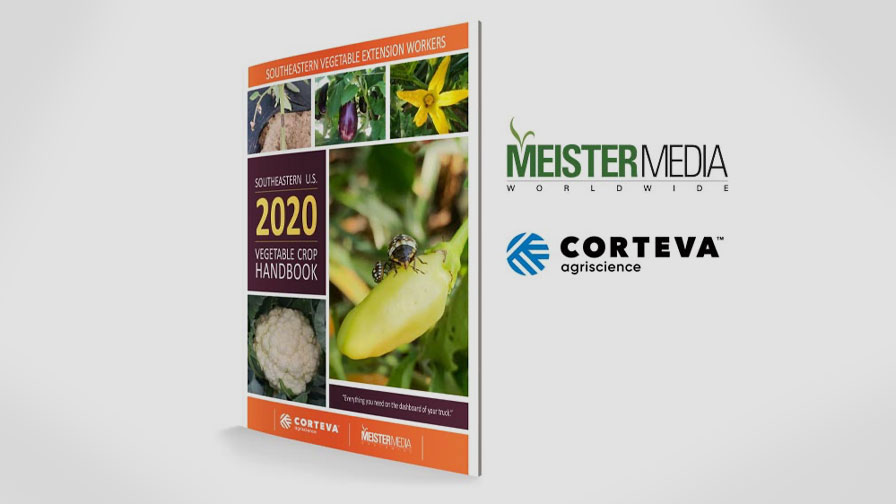5 Florida Citrus Nursery Trends Worth Watching
There has been no shortage of citrus grower meetings around Florida. The opportunity to address these groups is always welcomed and appreciated, and sometimes gleanings from the sidebar conversations are the cherry on the sundae. While anecdotal in nature, interesting trends seem to emerge from the fog. On this page and the following, here are but five.
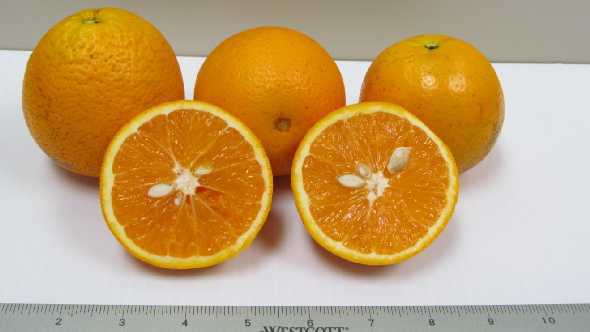
OLL-4 Photo courtesy of UF/IFAS
1. Round Oranges for Processing
By and large, these groups seem to have focused on scions of interest. I am hearing diminished interest in Hamlins and Mid-sweets and more interest in early Valencia oranges and the OLLs. Growers also are quite interested in the orange-like hybrids that appear to exhibit higher levels of HLB tolerance (unreleased, but in the UF/IFAS and USDA programs).
However, there is not nearly as much clarity when it comes to rootstock choice or rootstock scion combinations. Many growers feel the vast knowledge gained through rootstock trials and field experience is now of little value. What makes this even more difficult for nurseries is that growers continue to look to their nursery for such information more than any other source. Nurseries will be placing a great deal of focus on rootstock trial information and seminars in the near future. We can’t collect and disseminate data fast enough.

UF/IFAS early Valencia clones
2. Fresh Oranges
Most Florida growers will tell you they would not consider planting an orange in Florida that doesn’t first have value to the processor. However, those packing fresh oranges also have a wish list. There is great interest and need for peelable high-quality oranges (and orange-like) in the September through December maturity window. Navel oranges have traditionally occupied this slot, but growers’ frustration balancing navel tree health with navel fruit quality (in the face of HLB) is feeding the hope for some early season non-navel options for the fresh carton.
Navel orange trees seem to respond quite well to enhanced nutrition, but the maintenance of fruit quality is a challenge. Non-navel peelable oranges also may be equally valuable to the processors, thus creating a dual market. Trials of some orange-like selections are underway with USDA and UF/IFAS is getting some positive feedback on a couple of selections in this category. More work remains to be done.
Finally, growers are expressing interest in pigmented oranges that will color well in subtropical climates. Because Florida doesn’t achieve reliable anthocyanin expression, we are left to look to fruit pigmented with lycopene. New Varieties Development & Management Corp. (NVDMC) has one red-fleshed Valencia in trials (for hopeful commercialization), but a wider range of maturities for pigmented oranges would be beneficial.
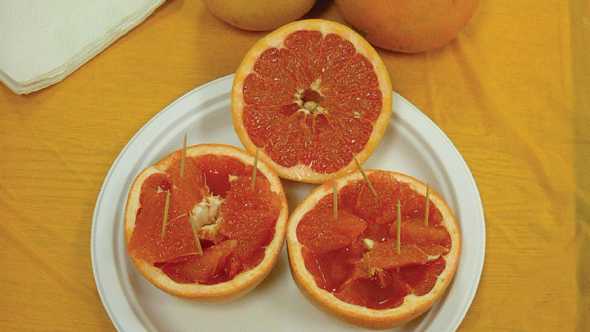
Photo by Peter Chaires
3. Grapefruit Growing Pains
Grapefruit propagations slowed to a crawl in 2015-2016. Last season was the lowest year in a four-year slide. Florida propagated more lemons than grapefruit last year. However, grapefruit is unique in the fresh world, in that its basic characteristics are highly desirable.
What growers want is more varietal tolerance to HLB or sustainable tools with which to produce a quality crop and hold it to harvest. Once this feat is accomplished, or along the way, explore new lower acid, non-bitter grapefruit and grapefruit-like fruit that may open a door to consumers never before attracted to the category. If growers have success with the bactericides, we hope to see grapefruit tree demand improve.
There is some movement within grapefruit to diversify into other fruit types, but also a base desire to resurrect the supply when circumstances warrant. Some nurseries have suffered cancelled orders for grapefruit trees and have increased deposits to help compensate. Some growers are discouraged, and others are angry, but all seem to understand the situation.
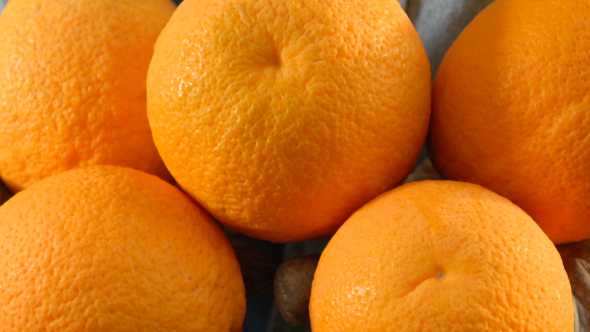
‘Gold nugget’ seedless tangerine
Photo courtesy of University of California, Riverside
4. Specialty Fruit
Without question, the primary target maturity range of interest to Florida specialty growers is September through December. California has planted substantial acreage to supply the late market. Florida’s first target market will be the early market and there are some very encouraging selections in the breeding programs for the early window.
At the same time, growers want some assurance that adequate resources are being committed to developing viable late-season specialty selections that can be packed January through May. Indeed, breeders have targeted this window, but with limited success.
The ‘Gold Nugget’ was brought to Florida for trial in hopes it might be a late-season specialty option. It appears to hold up quite well in the presence of HLB, but has not set commercially acceptable crop volume. New rootstock combinations are being employed, and some good growers are working on it.
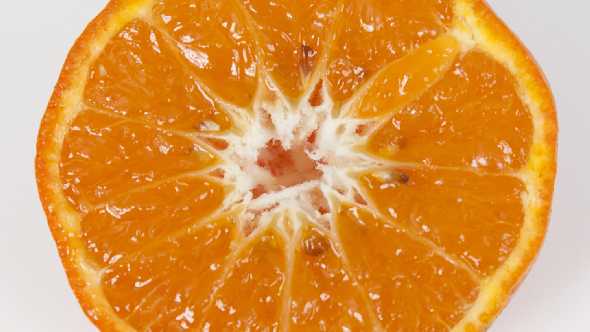
‘7-6-27’
Photo by Tyler Jones
5. Known Knowns and Known Unknowns
There continues to be interest in trialing experimental specialty selections, and some are registering for the opportunities. ‘Bingo’ has certainly generated a lot of interest and trees are being ordered in significant quantities. However, when it comes to commitment of significant resources, many growers are gravitating to the knowns.
Though growers are ordering the new exciting selections and are trying to evaluate and accelerate up the experience curve, the bigger money is going to the familiar options (‘LB8-9 Sugar Belle,’ ‘US Early Pride,’ ‘Minneola,’ etc.). This also is proving to be a selling point for the ‘Aroema’ and ‘Roe Tangerine.’ Growers can see planted acreage on commercially available rootstocks — and this is very impactful.
Growers are wondering what the next level of commercially marketable traits will be in the specialty arena. It is clear the trend is racing toward 100% low-seeded/ seedless and easy peel. What comes after that? Certainly time will tell, but growers agree it would be better to lead the next trend, rather than play catch-up.







